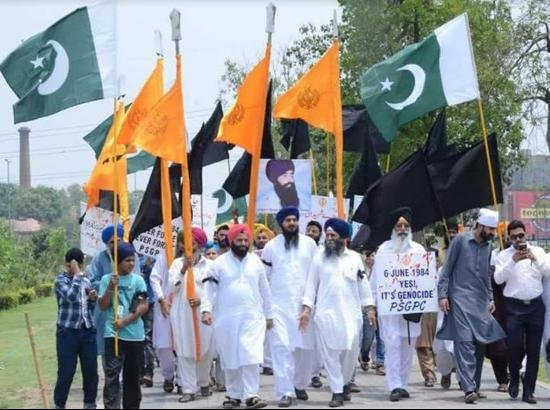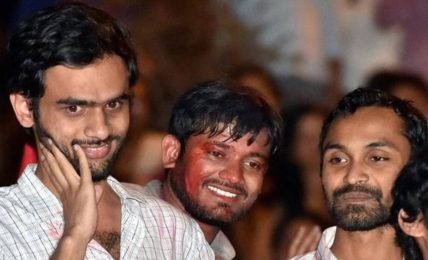The Philosophy of Khalistan – Lies, Hypocrisy and Victimhood
Even if one wants to give the Khalistan Movement a benefit of doubt, one will find no chance even to do that - all it gifted Punjab was horror and misery all the while proofing Pakistan from similar demands. A look into any Khalistani literature will reveal only lies, hypocrisy and victimhood.





